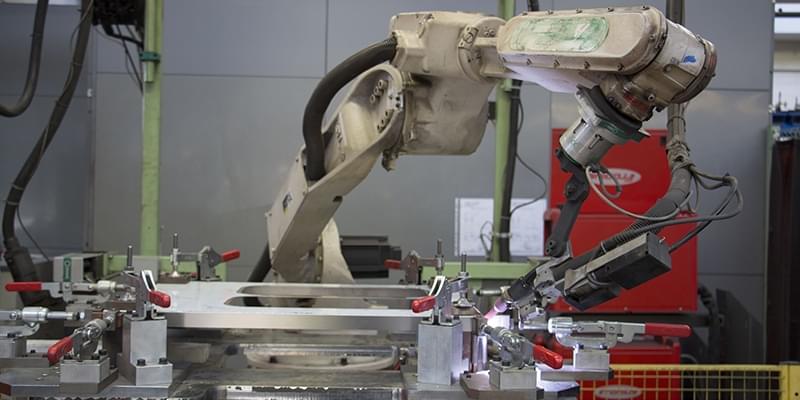Robotic welding: the best choice for mass production

In the world of sheet metal processing, robotic welding has proved to be the best solution for mass production since it offers advantages that traditional welding can't guarantee. These are the 3 reasons why Minifaber uses robotic welding in mass production:
Speed
The first advantage provided by robotic welding is process speed. Minifaber laser and mig/tig welding robots are programmed during the settings phase and provide an exact estimate of the time required to pick each component, place it on the welding line, weld it and replace it in the warehouse. This avoids downtime and production delays and work is completed in the shortest time possible.
Repeatability
Robotic welding, since controlled by numeric control systems, guarantees process repeatability on the entire series. Traditional welding, albeit accurate and performed by qualified personnel, rarely is able to create two equal pieces while robotic welding creates virtually identical sheet metal components well within the foreseen tolerances, a detail that increase the quality and performance of the entire production.
Precision
Robotic welding, whether mig, tig or laser, lets the welding line be calibrated to the millimetre, thus reducing the margin of error during the process. Furthermore, since the material is welding using a minimum thickness, processing sheet metal components with robotic welding requires accurately cut sections, reducing scraps and achieving significant savings, especially in mass production.
Using laser welding robots and three anthropomorphic robots for mig/tig welding has given us greater production process control, reducing scraps, achieving more accurate processes and guaranteeing the set delivery schedules. Our customers are as thrilled as our workers who can now more efficiently and more accurately manage the welding process!

